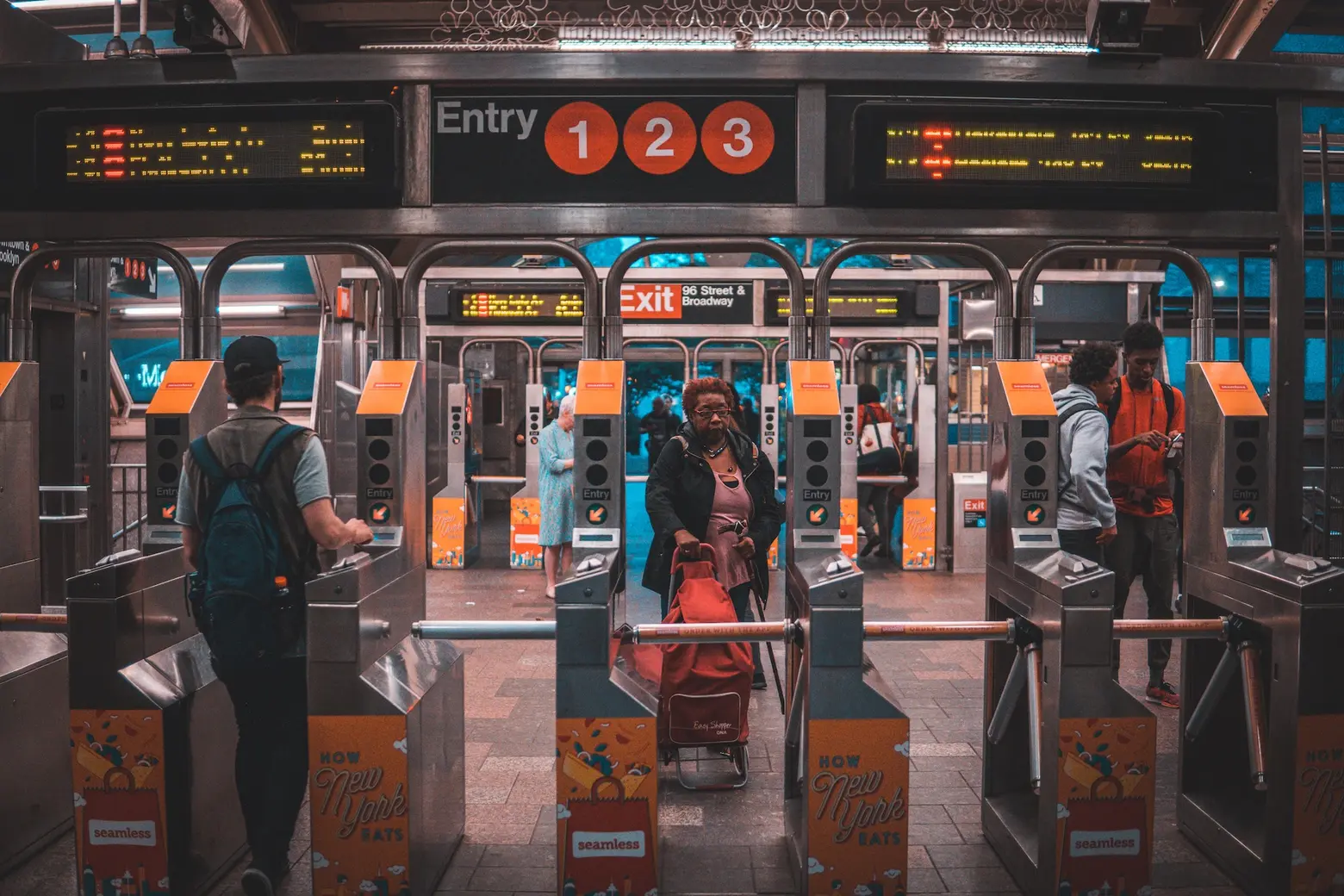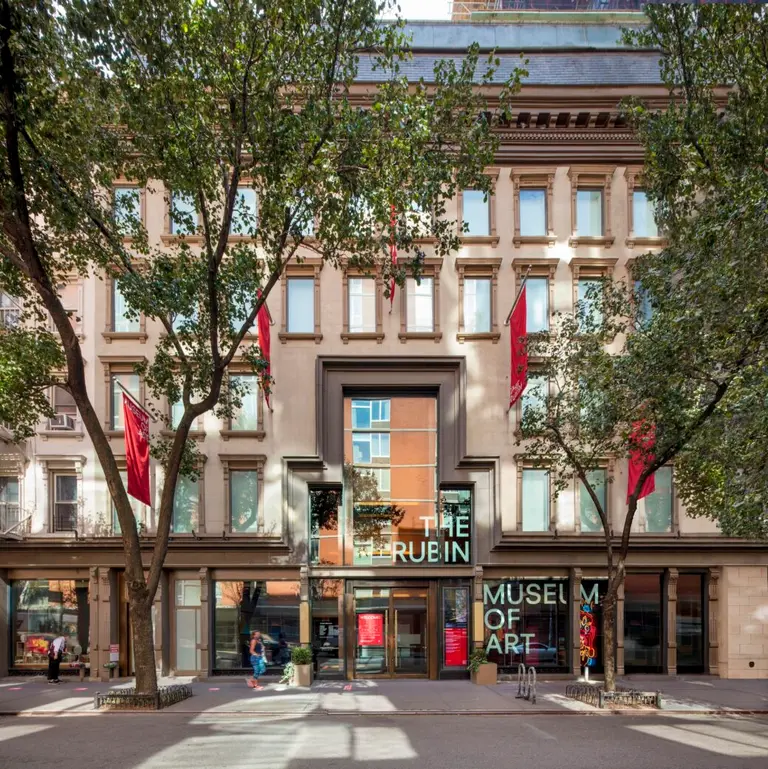NYC subway fare could hit over $3 by 2025

Photo by Asael Peña on Unsplash
The cost of a subway or bus ride in New York City could increase to more than $3 per trip by 2025 under proposed fare hikes, the Metropolitan Transportation Authority (MTA) announced this week. During the transit agency’s monthly board meeting on Wednesday, officials said a higher-than-projected fare increase, from a planned 4 percent hike to instead a 5.5 percent jump, is needed because of significant budget deficits due to low ridership.
The MTA currently has a $600 million annual budget deficit, which is expected to increase in the coming years, according to The City.
During the board meeting, agency officials said that without a return to pre-pandemic ridership or a new source of consistent funding from the city, state, or federal government, the planned 4 percent fair hike would instead be raised by 5.5 percent with an additional 4 percent increase two years later.
For the subways and buses, fares could jump the current $2.75 to $2.90 in 2023 and $3.05 in 2025. The projected fare increases will likely happen once the MTA diminishes its $15.1 billion in federal emergency operating aid, or goes off what is called a “fiscal cliff.”
The MTA received $15.1 billion in relief from Congress in 2020 and 2021 to help balance its books, according to Gothamist. During Wednesday’s meeting, MTA Chief Financial Officer Kevin Willens said that the transit agency only has $5.6 billion of those funds left, with all of it expected to run out by the end of 2026.
Janno Lieber, CEO and Chairman of the MTA, is seeking solutions to solve the MTA’s looming budget issues. Lieber stated that the project fair hikes could be avoided if the agency receives new city, state, or federal funding.
“We want to give them the flexibility to customize an answer, a plan, for dealing with a $600 million gap this year and the $1.2 billion gap in the years to follow,” Lieber said. “And it is responsible not to be prescriptive, for us not to tell them how it ought to be done.”
Besides the suggested fair hikes and utilizing other minor ways to cut costs, Lieber did not suggest any alternative methods to lawmakers.
The projected fare increase comes at a time when a large portion of riders is dissatisfied with the transit system’s service. In the MTA’s bi-annual survey from September, only 48 percent of respondents expressed satisfaction with the subway system.
Ridership is currently sitting around 60 percent of pre-pandemic levels. For more than a decade, the agency had used fare revenue to cover roughly 50 percent of its operating budget.
However, transit ridership in working-class neighborhoods has rebounded faster than in any other area of the city. During an MTA board meeting in May, the agency presented data that showed ridership levels had climbed back up to 70, 80, and almost 90 percent for certain neighborhoods.
Transit fare was last increased in April 2019, with the price of 7-day and 30-day unlimited ride MetroCards being raised by $1 and $6, respectively, in addition to an increase in the cost of express bus fares and MTA bridge and tunnel tolls.
The MTA board will vote on the budget plan on December 21.
RELATED:




























